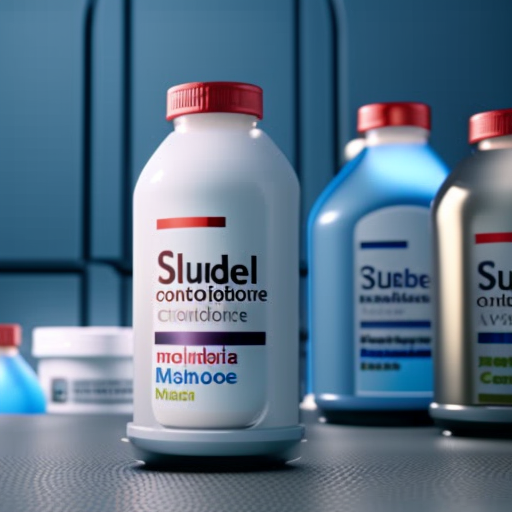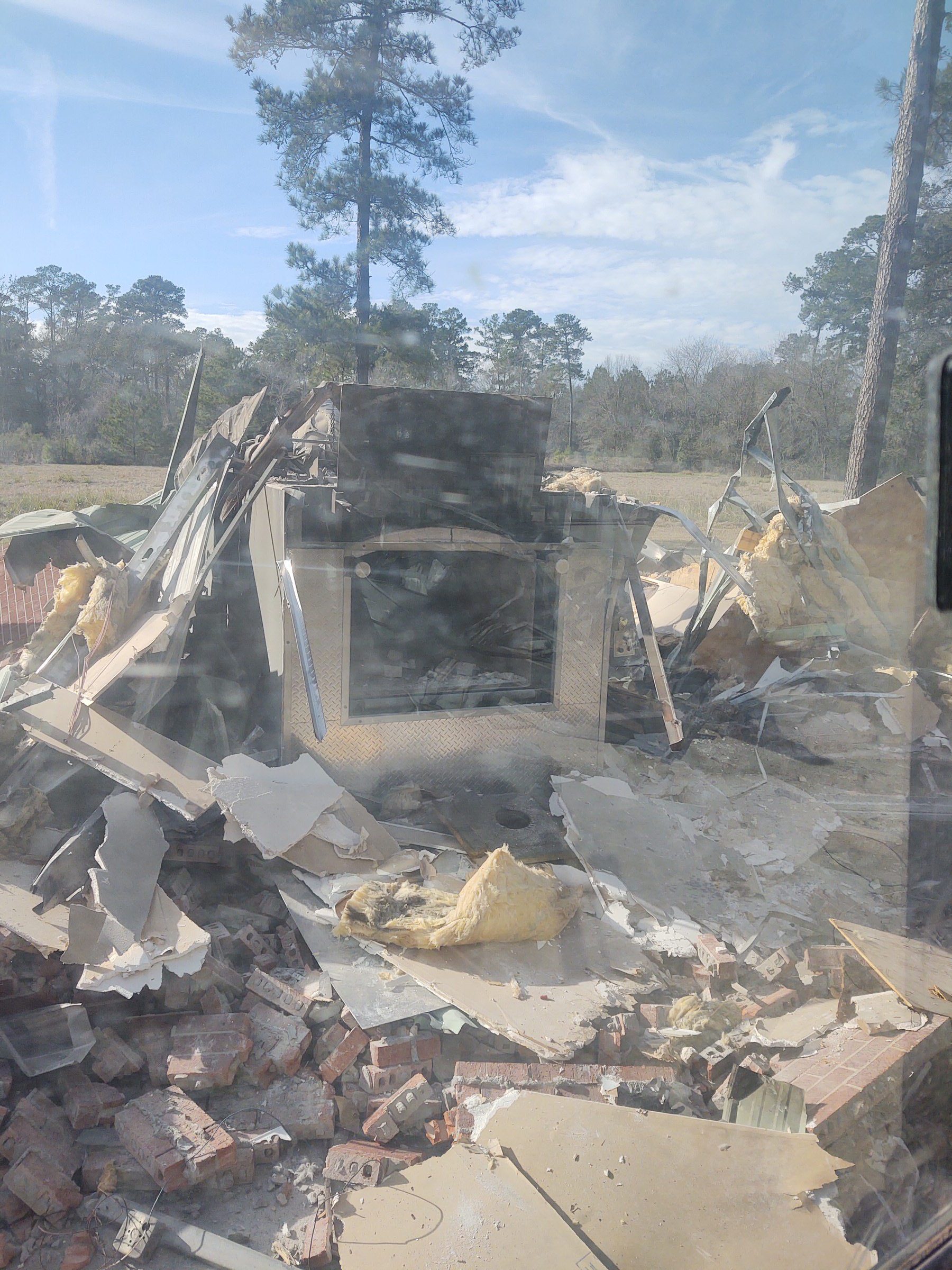
Global Sludge Conditioner Market Report
Introduction
The global Sludge Conditioner market is comprehensively presented in this report, providing detailed market information, critical findings, error-free statistics, and reliable forecasts. The report emphasizes important aspects of the market, including competition, segmentation, regional expansion, and market dynamics. Each leading trend of the global Sludge Conditioner market is carefully studied and elaborately presented in the report. This will help players to take advantage of opportunities available in the market and tap into new ones in the near future. Readers are also provided with detailed information on key drivers and restraints of the market. Players can become informed about unknown future challenges in the market and prepare effective strategies to better deal with them.
Key Players
- AkzoNobel
- Veolia
- Ashland
- ITS Group
- Hubbard-Hall
- Amcon
- Beckart Environmental
- Kurita Water Industries
- SAS Environmental Services
- Ecolab
- Ovivo
- Suez
- Kemira
- Accepta
- BASF
Segmentation
The report offers separate analysis of product type and application segments of the global Sludge Conditioner market. Each segment is studied in great detail to provide a clear and thorough analysis of its market growth, future growth potential, growth rate, growth drivers, and other key factors. The segmental analysis offered in the report will help players to discover rewarding growth pockets of the market and gain a competitive advantage over their opponents.
Product Types:
- Activated Sludge
- Primary Sludge
- Mixed Sludge
- Other
Applications:
- Automotive
- Oil & Gas
- Metal Processing
- Food & Beverages
- Pulp & Paper
- Personal Care & Chemicals
- Electronics
- Other
Regional Analysis
The report exhaustively analyzes key regions including North America, Asia Pacific, Europe, and the MEA based on market size, CAGR, market potential, economic and political factors, regulatory scenarios, and other significant parameters. The regional analysis provided in the report will help market participants to identify lucrative and untapped business opportunities in different regions and countries. It includes a special study on production and production rate, import and export, and consumption in each regional market considered for research. The report also offers detailed analysis of country-level markets.
Contact Information
QY RESEARCH, INC.
17890 CASTLETON STREET
SUITE 369, CITY OF INDUSTRY
CA – 91748, UNITED STATES OF AMERICA
+1 626 539 9760 / +91 8669986909
ankit@qyresearch.com / enquiry@qyresearch.com
SDGs, Targets, and Indicators
1. Which SDGs are addressed or connected to the issues highlighted in the article?
- SDG 6: Clean Water and Sanitation
- SDG 9: Industry, Innovation, and Infrastructure
- SDG 12: Responsible Consumption and Production
The article discusses the global Sludge Conditioner market, which is related to the management of wastewater and sludge. This aligns with SDG 6, which aims to ensure availability and sustainable management of water and sanitation for all. Additionally, the article mentions the importance of market dynamics, competition, and regional expansion, which are relevant to SDG 9, which focuses on promoting sustainable industrialization and fostering innovation. Lastly, the article mentions the need for effective strategies to deal with future challenges, which relates to SDG 12 and its goal of promoting responsible consumption and production.
2. What specific targets under those SDGs can be identified based on the article’s content?
- Target 6.3: Improve water quality by reducing pollution, eliminating dumping, and minimizing release of hazardous chemicals and materials.
- Target 9.2: Promote inclusive and sustainable industrialization and increase access to financial services for small-scale enterprises.
- Target 12.4: By 2020, achieve environmentally sound management of chemicals and all wastes throughout their life cycle.
The article emphasizes the need for effective management of sludge and wastewater to ensure clean water and sanitation (Target 6.3). It also discusses the market dynamics and competition in the Sludge Conditioner industry, highlighting the importance of sustainable industrialization (Target 9.2). Furthermore, the article mentions the need for responsible waste management, which aligns with Target 12.4.
3. Are there any indicators mentioned or implied in the article that can be used to measure progress towards the identified targets?
- Indicator 6.3.2: Proportion of bodies of water with good ambient water quality.
- Indicator 9.2.1: Manufacturing value added as a proportion of GDP and per capita.
- Indicator 12.4.1: Number of parties to international multilateral environmental agreements on hazardous waste.
The article does not explicitly mention these indicators, but they can be used to measure progress towards the identified targets. Indicator 6.3.2 measures the proportion of bodies of water with good ambient water quality, indicating progress in improving water quality. Indicator 9.2.1 measures manufacturing value added as a proportion of GDP and per capita, reflecting progress in sustainable industrialization. Indicator 12.4.1 measures the number of parties to international multilateral environmental agreements on hazardous waste, indicating progress in environmentally sound waste management.
Table: SDGs, Targets, and Indicators
| SDGs | Targets | Indicators |
|---|---|---|
| SDG 6: Clean Water and Sanitation | Target 6.3: Improve water quality by reducing pollution, eliminating dumping, and minimizing release of hazardous chemicals and materials. | Indicator 6.3.2: Proportion of bodies of water with good ambient water quality. |
| SDG 9: Industry, Innovation, and Infrastructure | Target 9.2: Promote inclusive and sustainable industrialization and increase access to financial services for small-scale enterprises. | Indicator 9.2.1: Manufacturing value added as a proportion of GDP and per capita. |
| SDG 12: Responsible Consumption and Production | Target 12.4: By 2020, achieve environmentally sound management of chemicals and all wastes throughout their life cycle. | Indicator 12.4.1: Number of parties to international multilateral environmental agreements on hazardous waste. |
Behold! This splendid article springs forth from the wellspring of knowledge, shaped by a wondrous proprietary AI technology that delved into a vast ocean of data, illuminating the path towards the Sustainable Development Goals. Remember that all rights are reserved by SDG Investors LLC, empowering us to champion progress together.
Source: openpr.com

Join us, as fellow seekers of change, on a transformative journey at https://sdgtalks.ai/welcome, where you can become a member and actively contribute to shaping a brighter future.






